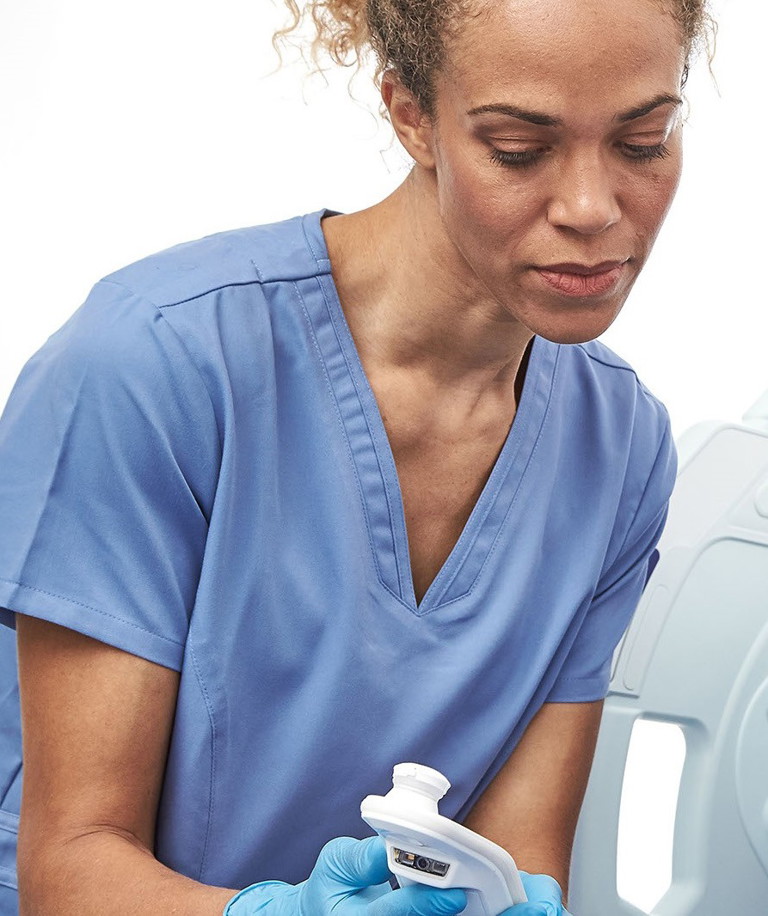Digital: medical device equity
Addressing the UK government’s new initiative on medical device equity
Medical devices should be designed with an awareness of the challenges of a specific disease as well as an awareness of equality, and the UK government has recently produced a new initiative around this, but how will this impact medical device production going forward?
Kate Hancock at Bruin Biometrics
IPT: What are the current issues with medical devices in terms of equality and unconscious biases?
Kate Hancock (KH): Generally medical devices need to be designed with an awareness of the challenges of a specific disease state from an equality perspective – with that in mind technology can be developed to ensure these challenges are overcome. In a submission to the Call for Evidence, one specific issue for one disease can be used as a good example for the question above. Pressure ulcers are a wound that goes under the radar. These wounds cause patients pain and suffering, yet the majority are preventable. Despite multiple initiatives by the NHS to reduce pressure ulcer harm, evidence shows that in the UK 1,700 to 2,000 patients develop a new pressure ulcer every month, which costs the NHS more than £3.8m every day. The data is inadequate to assess the cost-impact of treating patients with dark skin tone compared to others. Deduction, when applied to the data below, leads one to conclude that the dark skin tone population accounts for a disproportionate amount of these costs. This is a substantially more severe problem in patients with dark skin tones who:
1. Are four times more likely to die from pressure ulcer-related causes than average
2. Have a pressure ulcer incidence rate 60% higher compared to white skin tone patients
3. Have a higher probability of suffering the worst stage of pressure ulcers (Stage II-IV) with broken skin
4. Are more likely to have multiple pressure ulcers than white skin tone patients.
IPT: To what extent do you think ethnic and other biases have impacted the design of existing medical devices?
KH: To date, being very honest, it is more a lack of awareness that has impacted design – there is far more awareness in 2024, which will support alternative design pathways in the future. This applies across the healthcare sector – for example even training textbooks have limited imagery of patients with dark skin tone – if the textbooks are not portraying the population correctly to healthcare trainees then the wider healthcare industry will also be playing catch-up for many years to come. Dr Oozageer Gunowa, who is championing the need for improved education on diversity and inclusion, explores this in a recent publication.1


IPT: Are there any other areas of the drug development or medical device production processes that also require reviews due to unexplored biases?
KH: The report focused on such a specific group of medical devices and technology such as artificial intelligence (AI), yet many fundamental devices used in healthcare were not included (apart from optical devices); it is these devices that impact daily care for millions of patients. Perhaps a review of these devices would enable a more rapid impact on equity on a daily basis?
IPT: The government has recently announced a new initiative on medical device equity, do you think the aims set out in the report are sufficient in dealing with these biases?
KH: They are a great start, but a much wider lens is needed. Firstly, the focus was very specific on three groups of devices – when will the wider medical device industry be engaged? Secondly, the accessibility was out of scope. This is another area to refocus upon. Of the 18 recommendations, six apply to optical devices, six to AI and three to PRS – there is a wealth of shorter-term opportunity out there that could be focused upon such as the 1,700 to 2,000 patients who develop a new pressure ulcer every month.
IPT: How can medical device manufacturers ensure their products are bias-free and efficient for all patients?
KH: Only the seventh recommendation of the new initiative really touches on this point, a whole era of education and awareness is required. It really is an area for the whole industry to reflect upon.
IPT: How do you see this report changing the landscape of medical device manufacturing over the next five years?
KH: In the short term unless you are engaged in optical devices it will not – it needs a much wider focus with engagement from the wider industry to make change happen. Returning to the textbook example – if this is not solved as a basic step then changing a whole medical device industry is a very long-term ideal unless real basic recommendations are developed and adopted.
For example, some point-of-care tools have been designed to detect pressure ulcers an average of five days earlier than the current standard of care, which has been designed to be skin tone agnostic.2 These devices may use biocapacitance to identify the increased risk of pressure ulcers; tissue biocapacitance rises when the extracellular water content (called sub-epidermal moisture) increases, because a localised inflammatory response is triggered by the developing damage. The device measures and reports SEM readings enabling the healthcare practitioner team to take earlier and anatomically specific interventions to aid in pressure ulcer prevention.3

Kate Hancock joined the company in 2018 and is now executive vice president, at Bruin Biometrics LLC, having previously led medical affairs, marketing and product management. Kate is a former registered general nurse in the UK, specialising in intensive care nursing. Kate has spent the past 30 years in the medical device industry focused on upstream marketing and product management with three large multinationals in the medical device segment prior to joining Bruin Biometrics.